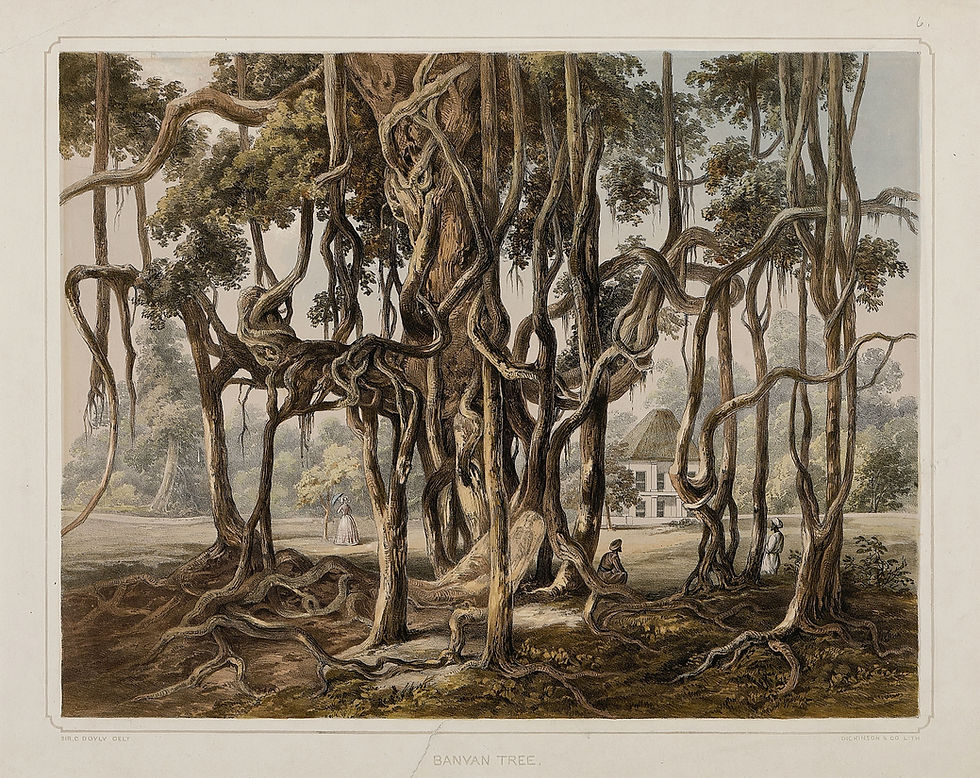Keep Dancing
- Paul Weinfield
- Aug 15
- 2 min read
In the late 60s, Peggy Lee recorded a song called, “Is That All There Is?” In it, she recalls her life’s high points and heartbreaks: watching the circus as a child, losing her home to a fire, falling in love. But after each memory, she asks, “Is that all there is? Is that all there is to a circus, to a fire, to love? If that’s all there is, my friends, then let’s keep dancing.”
The Buddha had a word for this sense that even life’s peak moments don’t quite deliver: duhkha. Often translated as “suffering,” it really means the built-in unsatisfactoriness of all conditioned experience. You taste a meal you’ve craved all week. You’re reunited with your beloved. The moment is sweet — wonderful, even — yet something in you quietly wonders: Is that all there is?
Most of us take this as personal failure. I should be happier. I should be more grateful. I should be more present. I should. I should.
The Buddha compares these “shoulds” to someone who, shot with an arrow, shoots himself with another. The first arrow is life itself: imperfect, fleeting, often awkward. The second arrow is our reaction: Why is this happening? What’s wrong with me?
And the answer, of course, is: nothing. Nothing is wrong with you. The unsatisfactoriness of experience isn’t your fault. It’s how things are. There’s no one and nothing to blame. As Ajahn Sumedho said, “Duhkha is not a condemnation of life — it’s a door to wisdom.”
Seeing this clearly doesn’t make you bitter. It makes you free. When you stop demanding that every moment be extraordinary, ease and wellbeing have room to grow. As the teachings say: Who sees this clearly lives happily.
Happiness really doesn’t come from getting what you want. It comes from letting go, from shaking off expectations and moving with life’s unfolding. That’s it. That’s what it takes, my friend. Just keep dancing.




Comments